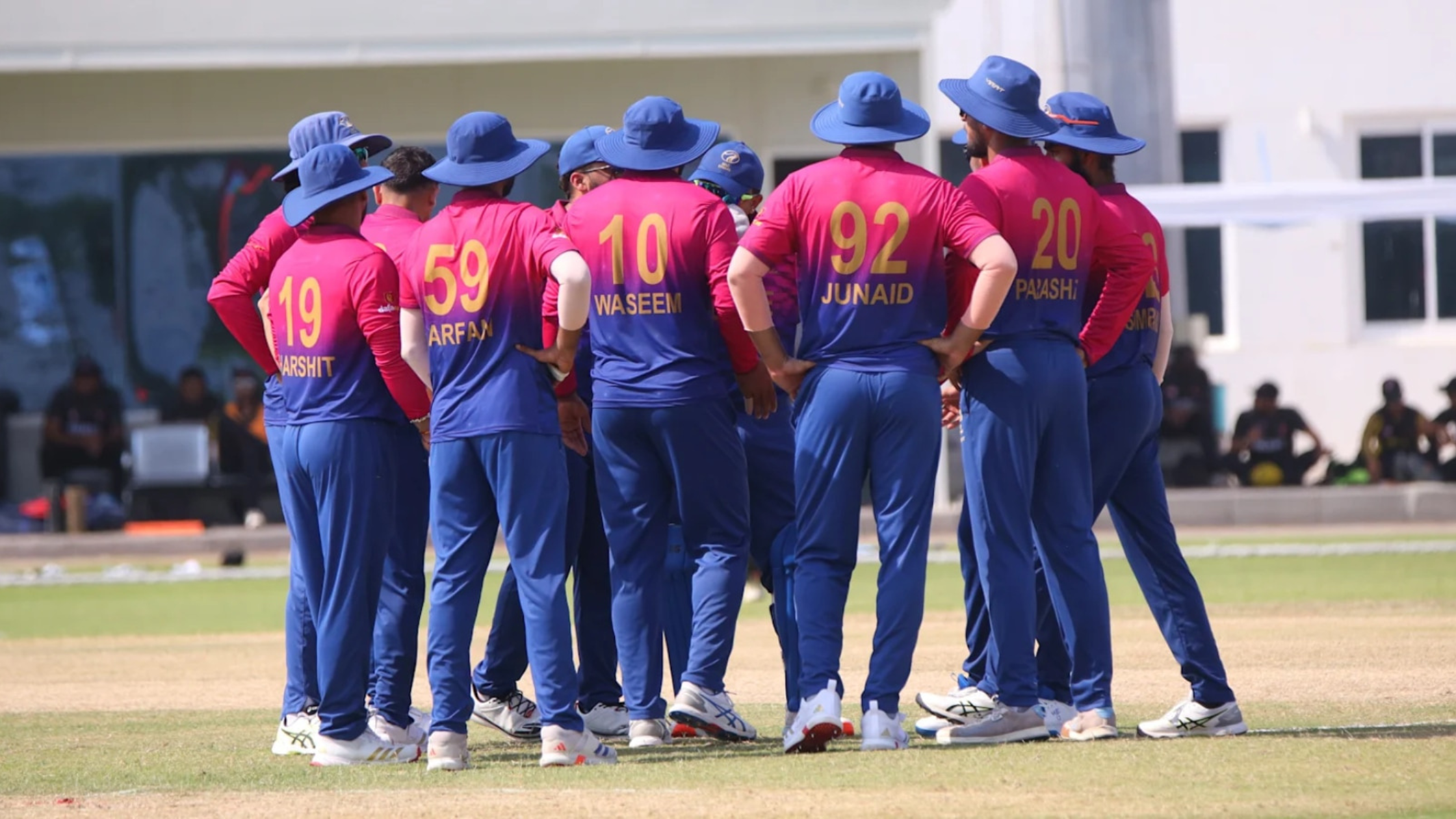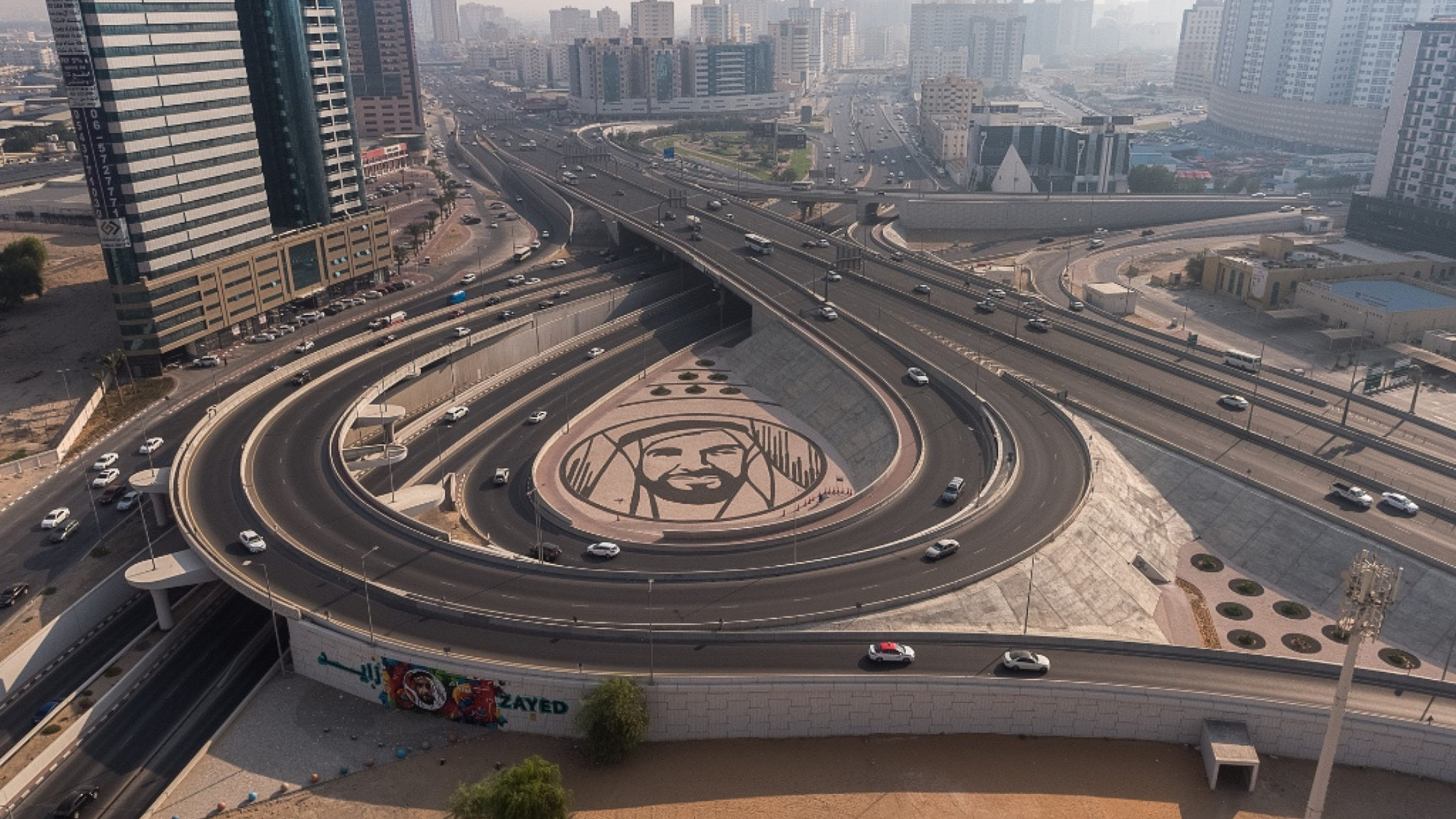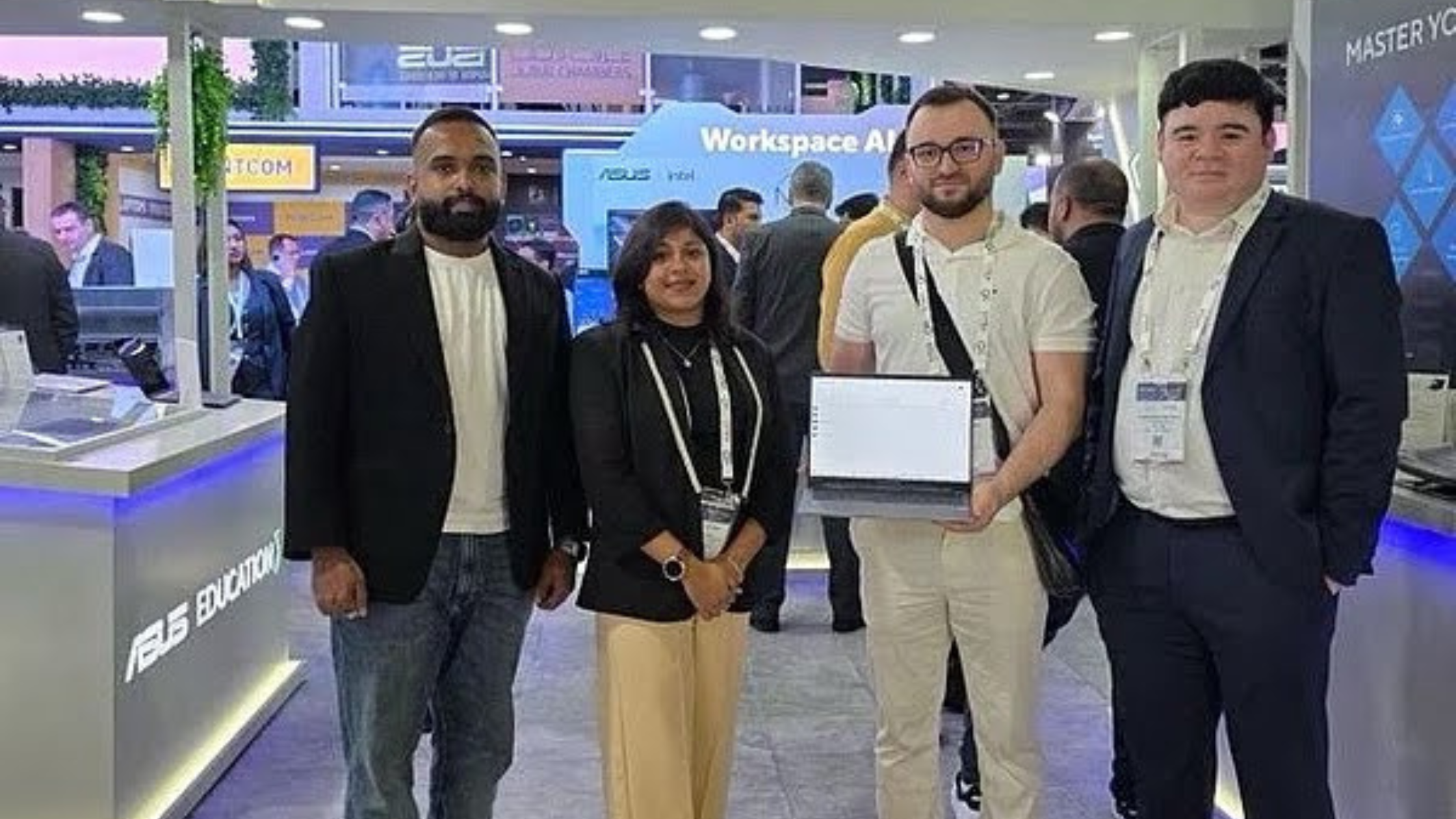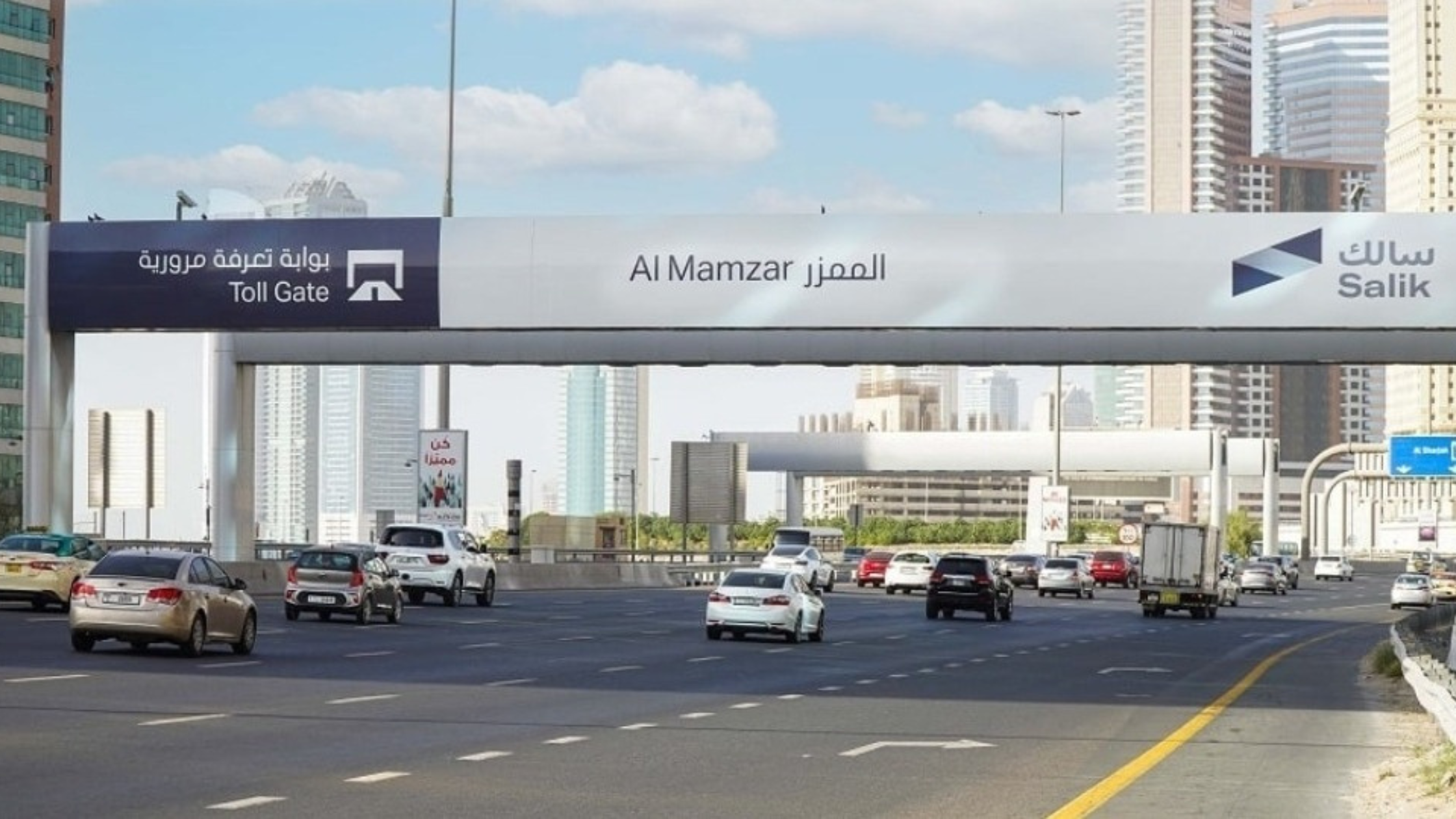PAL-V Liberty: World’s First Flying Car to Launch in UAE by 2027

The dream of flying cars, once confined to science fiction novels and futuristic cinema, is rapidly transitioning into a reality. A major milestone has been reached by the Netherlands-based company PAL-V (Personal Air and Land Vehicle), which has secured final regulatory certification for its long-anticipated flying car, the PAL-V Liberty. This monumental achievement marks the end of a 12-year certification journey and heralds the beginning of a new era in personal transportation. According to the company’s Chief Commercial Officer, the first units are set to launch in the United Arab Emirates by early 2027, following initial production and delivery in Europe. The Liberty’s commercial rollout will be facilitated in the UAE through Jetex, a regional partner known for its high-end travel services.
Twelve Years of Dedication: PAL-V’s Certification Journey
Bringing a flying car from the drawing board to commercial reality is no small feat. PAL-V began its ambitious journey over a decade ago, aiming to blend the realms of automotive engineering and aeronautical design. Over the course of twelve grueling years, the company underwent stringent regulatory reviews, technological refinements, and safety assessments to meet the standards set by European Aviation Safety Agency (EASA) and other global aviation bodies. The certification confirms that the PAL-V Liberty has passed all safety, performance, and technical benchmarks required to take to the skies and roads legally.
During this period, PAL-V navigated a labyrinth of design improvements, test flights, and iterative evaluations. Engineers collaborated closely with regulatory authorities, aviation experts, and automotive professionals to ensure that the Liberty met the complex dual requirements of being both a roadworthy car and an air-certified gyrocopter. This prolonged effort has paid off, and the final certification is not just a green light for commercial production but a validation of the Liberty’s pioneering design.
Introducing the PAL-V Liberty: A Marriage of Ground and Air Travel
The PAL-V Liberty is not just a marvel of technology; it’s a paradigm shift in how we perceive mobility. Designed as a two-seater vehicle, the Liberty seamlessly transitions between driving on the road and flying through the skies. Equipped with a retractable rotor and propeller system, the vehicle operates as a gyrocopter in flight mode and transforms into a three-wheeled car for ground travel. The compact dimensions and folding mechanism allow for easy conversion and storage, making it a practical solution for urban and regional mobility.
Under the hood, the Liberty is powered by a 100-horsepower gasoline engine for road use and a separate 200-horsepower engine for flying. The top speed on the road is approximately 160 km/h (100 mph), while its airborne cruising speed can reach up to 180 km/h (112 mph). The vehicle boasts a flying range of around 400 to 500 kilometers and a driving range of over 1,300 kilometers. Priced at $799,000, it caters to affluent early adopters and aviation enthusiasts ready to embrace the future of mobility.
European Production and Early Deliveries
With certification secured, PAL-V is now poised to begin full-scale production of the Liberty in the Netherlands. The company has announced that manufacturing will commence in 2026, with the first batch of deliveries targeted for late the same year. These initial units are expected to be delivered within Europe, focusing on countries with favorable regulatory environments for airborne vehicles and a strong appetite for cutting-edge technology.
Production will take place at PAL-V’s dedicated facility, which has been optimized for low-volume, high-precision manufacturing typical of aviation-grade equipment. The plant will incorporate a hybrid assembly process that merges traditional automotive techniques with specialized aeronautical production standards. By leveraging local expertise and Dutch innovation, PAL-V aims to maintain rigorous quality control while scaling production to meet growing demand.
Jetex Partnership: UAE as a Launchpad for Air Mobility
The United Arab Emirates has rapidly become a global hub for futuristic transportation, smart city initiatives, and luxury travel. It comes as no surprise that PAL-V has chosen the UAE as one of the first international markets for the Liberty. The launch in the Emirates is scheduled for early 2027 and will be carried out in partnership with Jetex, a Dubai-based private aviation company that offers high-end travel experiences and airport services.
Jetex will play a pivotal role in the Liberty’s regional rollout, offering logistical support, customer onboarding, flight operations training, and maintenance services. With its infrastructure already catering to VIP travelers, Jetex is well-equipped to introduce the Liberty to a clientele eager for next-generation mobility solutions. The collaboration aligns with the UAE’s broader vision of integrating advanced transportation systems, including drones, flying taxis, and autonomous vehicles, into its urban framework.
Redefining Personal Mobility and Urban Transport
The PAL-V Liberty is more than just a new vehicle—it’s a symbol of the evolving landscape of transportation. As cities become more congested and travelers demand faster, more flexible alternatives, the concept of vertical mobility is gaining traction. The Liberty’s dual capabilities offer a solution that traditional vehicles and aircraft cannot match: the convenience of road travel combined with the freedom of flight.
Its design addresses several modern challenges, including urban gridlock, regional connectivity, and emergency response mobility. The vehicle’s ability to take off and land from short runways or open fields means it can operate in areas with limited infrastructure. As a gyrocopter, the Liberty also requires less runway space compared to helicopters or airplanes, making it ideal for urban-to-rural or city-to-city commutes.
Global Impact and Market Prospects
The flying car industry has long been a subject of speculation and excitement. While several companies have proposed concepts and prototypes, PAL-V is among the first to achieve full regulatory certification, giving it a significant competitive edge. Analysts predict that the global urban air mobility (UAM) market could exceed $1 trillion by 2040, with early movers like PAL-V poised to capture a sizeable share.
Beyond individual ownership, the Liberty could be adopted by private charter firms, emergency medical services, and even law enforcement agencies. Governments interested in smart infrastructure and next-gen mobility might also integrate such vehicles into their transport ecosystems. As public awareness and regulatory acceptance increase, PAL-V expects to expand operations into Asia, North America, and other parts of the Middle East.
Challenges Ahead and the Road to Mass Adoption
Despite its groundbreaking progress, PAL-V and the broader flying car industry face numerous challenges before mass adoption can occur. Regulatory hurdles remain a significant barrier in many countries, where civil aviation authorities have yet to establish clear frameworks for personal air vehicles. There are also concerns about air traffic management, noise pollution, public safety, and pilot training requirements.
PAL-V has taken a proactive stance on these issues, offering customer training programs, collaborating with regulators, and advocating for infrastructure development. Nonetheless, widespread integration will require coordinated efforts between manufacturers, policymakers, urban planners, and the public.
The cost of the Liberty also places it in the luxury niche for now. As with most new technologies, prices are expected to decline as production scales and competition grows. PAL-V is already exploring potential variants, including models with electric or hybrid propulsion systems, to broaden appeal and reduce environmental impact.
A Visionary Leap Toward a New Transportation Paradigm
As the world watches PAL-V make history with the Liberty, the landscape of personal mobility is poised for transformation. The fusion of automotive agility and aerial freedom encapsulates a vision that many once deemed impossible. With regulatory clearance now secured and partnerships in place, PAL-V stands at the forefront of a transportation revolution that could soon redefine how we live, travel, and experience the world around us.







